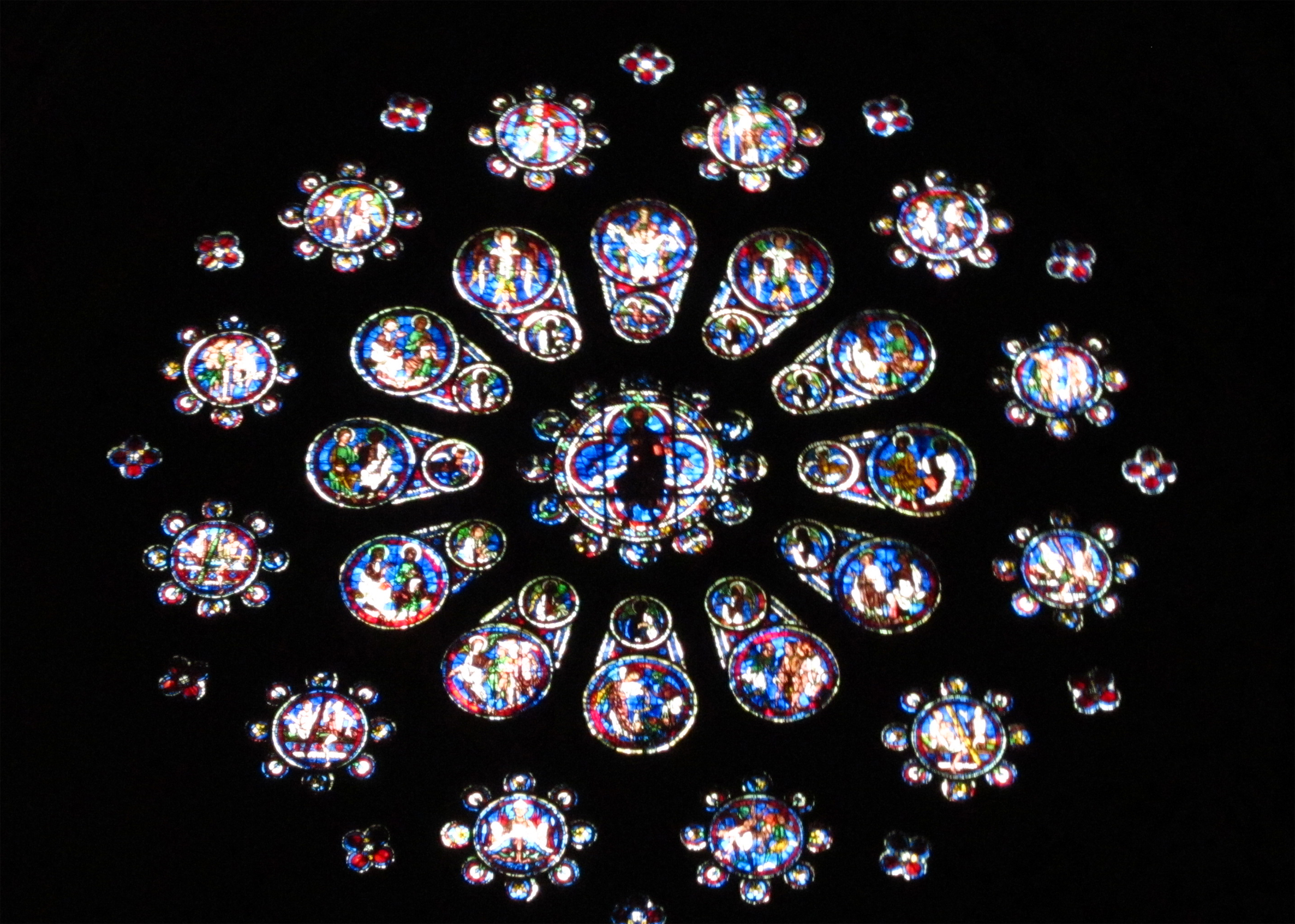I was a weird kid. I enjoyed studying maps and calendars - maps especially. It baffled me when in primary school the teacher would call students up to the big wall map of the United States and many of my classmates couldn't locate the Mississippi River or even our home state of Wisconsin. Sometimes I'd copy maps out of an atlas or even create my own fanciful geography of island nations with cities, roads and railways, seas, rivers and mountain ranges. Once I got a set of markers as a present for Christmas and quickly used up the green and blue ones making maps.
But I liked calendars too and I remember once seeing the word Epiphany on January 6th. I asked my then step-mother what that was. She told me "it's something Catholics celebrate." When I asked what it was about, she couldn't tell me.
Epiphany is an old Greek work meaning "manifestation" and in Christianity is used to describe the revelation of God the Son as a human being in Jesus Christ. Since as early as the 4th century the holiday of Epiphany has traditionally been celebrated on January 6th.
This revelation of God in the person of Jesus, the Incarnation, covers such events as the angel's message to the shepherds, the visit of the wise men, the baptism of Jesus in the Jordan and the wedding miracle at Cana. In the Roman Catholic Church the emphasis nowadays is on the visit of the wise men to Bethlehem.
These men have been variously described as wise men, magi or three kings. Scripture doesn't say how many they were and their number in Christian tradition has fluctuated, with I think as many as seven in some accounts, but over time the number three was settled upon. Three happens to be the number of the gifts they brought to the newborn king: gold, frankincense and myrrh.
The gift of
gold points to Jesus' kingship since gold was an expensive, kingly gift.
Frankincense refers to his divinity. Incense has a strong spicy odor when burned. It was burned at the altar in the Temple in Jerusalem; Revelations 8:4 mentions it being burned before the Lamb in heaven where it represents the prayers of the saints; and incense is burned during portions of the Catholic mass at certain times of the year.
Myrrh refers to the mystery of Christ's passion. Myrrh is a fragrant ointment that was used in some ancient cultures to annoint the bodies of the dead (see John 19:39).
The Star of Bethlehem
Much has been written over the centuries about the star that the wise men followed in order to visit Jesus. In what we now regard as the 6th century A.D., the monk Dionysius Exigus calculated the year of Jesus' birth; in other words the "year zero" which forms the basis of our current system for numbering the years. It's why we call this year 2013; it's 2013 years since the birth of Christ according to Dionysius' calculations. Anway, he seems to have miscalculated and it's generally believed now that the birth of Christ happened between 7 and 6 B.C.
All this is important in regards to the star mentioned in Scripture that guided the wise men to Jesus. Astronomer Johannes Kepler in the 17th century calculated that in the year 7-6 B.C. there was a conjunction of the planets Jupiter, Saturn and Mars. Kepler witnessed this same very bright conjuction in 1604. In the 20th century, astronomer Ferrari d'Occhieppo confirmed the conjuction of the planets Jupiter and Saturn in the constellation Pisces in 7-6 B.C. Also, a reference has been discovered in Chinese chronological tables that in 4 B.C. "a bright star appeared and was visible for quite a long time."
Going back to the planets Jupiter and Saturn, Ferrari d'Occhieppo states "Jupiter, the star of the highest Babylonian deity (Marduk), entered its brightest phase when it rose in the evening alongside Saturn, the cosmic representation of the Jewish people." Therefore, Babylonian astrologers such as the wise men would have concluded that a universally significant event was happening: the birth in the land of the Jews of a divine ruler.
According to the Roman writers Tacitus and Suetonius, there was much speculation in those days that the ruler of the world could emerge in Judah. All of this is to demonstrate one point of the celebration of Epiphany which is the revelation of the light of the true God to the gentiles, the non-Jewish races in the world (see Isaiah 9:1 [2], Isaiah 11:10, Isaiah 42:6, Isaiah 49:6, Isaiah 51:4, Micah 5:1-4, etc.)

A question a person might ask is why, if there was a widespread expection of the birth of a great (even divine) ruler in Judah, did only the wise men make the journey? Afterall, that was an arduous journey those guys made from Persia to Bethlehem, via Jerusalem. In those days they didn't have road maps (though we can think of the constellations as the orginal GPS). They didn't have highway rest areas with picnic tables and drinking fountains. There was no roadside assistance. Highway bandits were a very real problem. And the journey to Bethlehem and back probably took a year or two.
So why did these guys get up and go? Pope Benedict XVI speculates in his latest book
Jesus of Nazareth: The Infancy Narratives that as truth seekers, these men were inwardly disposed to the revelation of God. They didn't know what we know in hindsight who this newborn king of the Jews really is (and neither did Mary or Joseph for that matter). But like Mary and Joseph, they were open to the Truth. And when the Truth spoke to them, they were prepared to hear it. And to give their "Yes." And to act upon it.
Are we?










